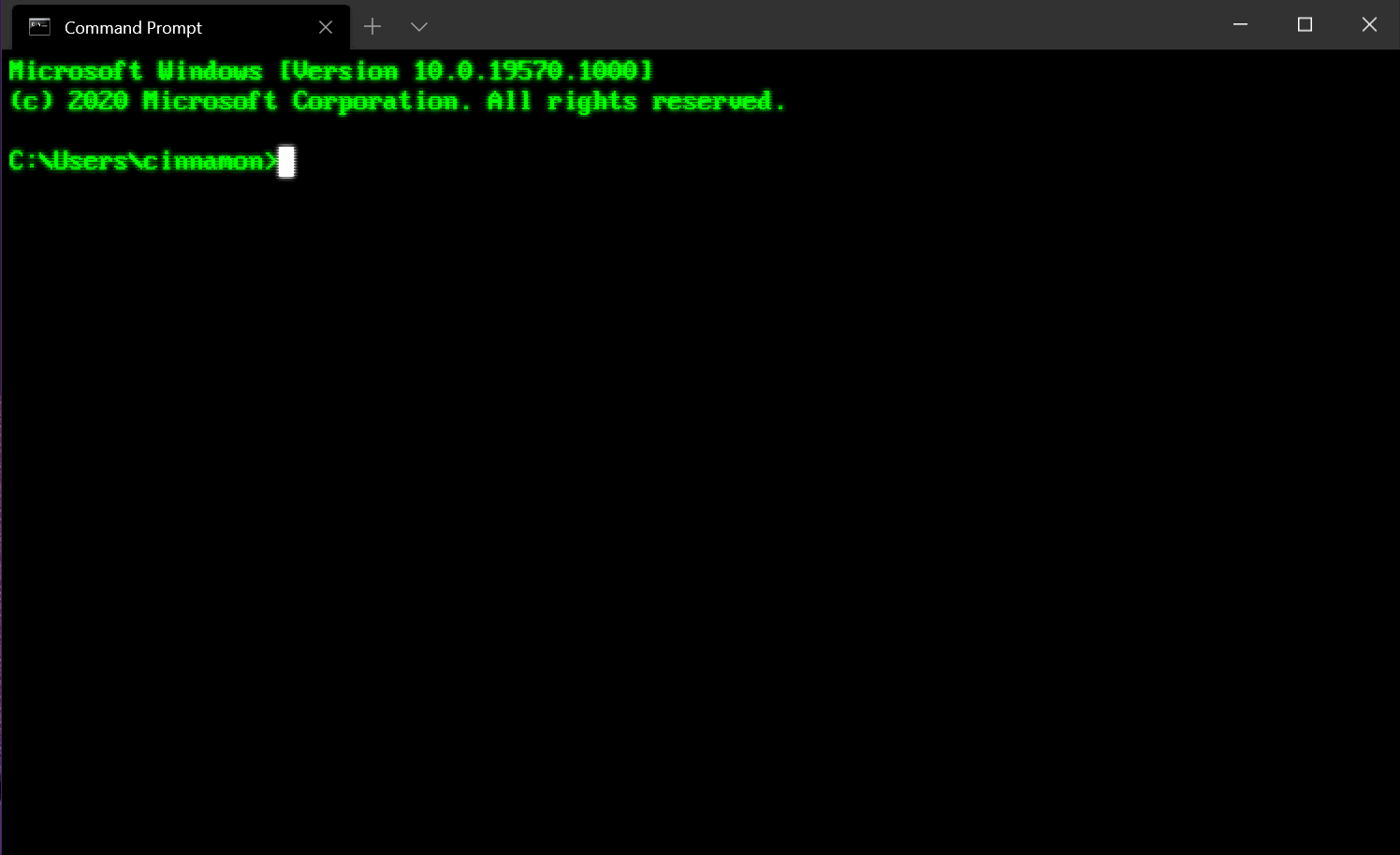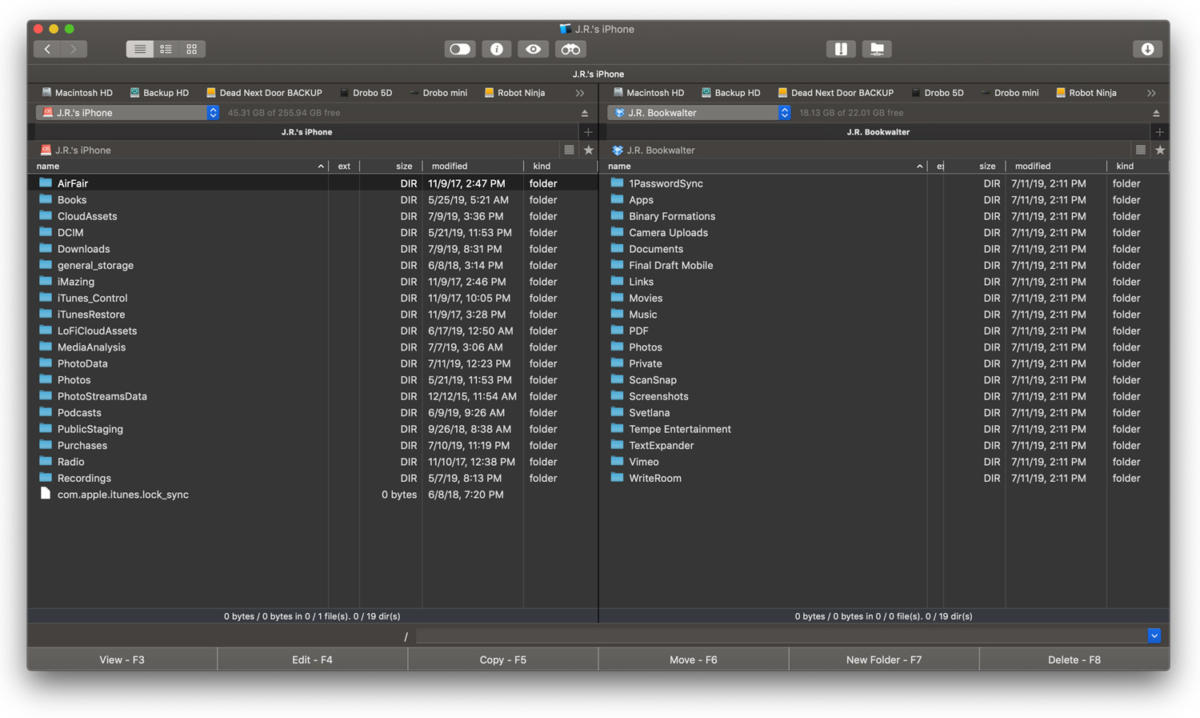

But as a team lead, I started hearing of file transfer problems -and for the first time.

COMMANDER ONE WINDOWS WINDOWS
Here, people were using Windows Explorer, which was fine with me. And we had simple keyboard shortcuts for common copying and moving functions.Ībout a year later, I moved to a different company in the northern part of India and started leading a team quite soon. And because we dealt with innumerable locations on a daily basis (central input location, journal folders, individual file folders, an analogous replica of these in our own PCs, and a similar replica of copyedited files in the server), I felt it was a great convenience to always know for sure the source and the destination locations for every file we handled. One of these (it could be the left panel or the right one) served as the source location and the other one was the destination location. When we opened the program, we saw two panels-one on the left and one on the right-and each one had a simple file listing, perhaps with a truncation of the file names in some instances.
COMMANDER ONE WINDOWS PC
I'd like to clarify that everything in this blog is applicable to any PC user, irrespective of whether the person is working in an office or working alone at home. Note: The description in the early part of this blog (including some paragraphs below) may seem as if the issues described here refer only to an office environment. (I mention the screen because it was so memorable at that time and I've never since seen a program with that screen color!) For me, the program and the screen were memorable because they served an important purpose. For doing this correctly, we were asked to use a program called Norton Commander, a DOS-based program that had a blue screen. In my first company, the input Word files used to be kept in the company server, and we had to copy files to our local machine, copyedit them, and then copy the edited files back to another location in the server. By that time, PCs were running on Windows. So my first hands-on exposure to a computer was in a company, and only after I entered the editing profession. We never had computers at home in India during the years I did my PhD (early and mid-1990s) research scholars used to write their theses with pen and paper and then go to a typing center to get their theses typed (always through someone these centers had computers that were running on MS DOS). I had a slightly different experience-fortunately-and the reasons for that were just the circumstances. Something comes with the PC and people use it for their day-to-day file management activities. Most people who use a Windows desktop or laptop use the File Explorer (earlier called Windows Explorer) for file management simply because that's what comes inbuilt with Windows.
COMMANDER ONE WINDOWS FREE
Copyediting editing file management file managers free commander windows file managers writing May 06, 2019


 0 kommentar(er)
0 kommentar(er)
